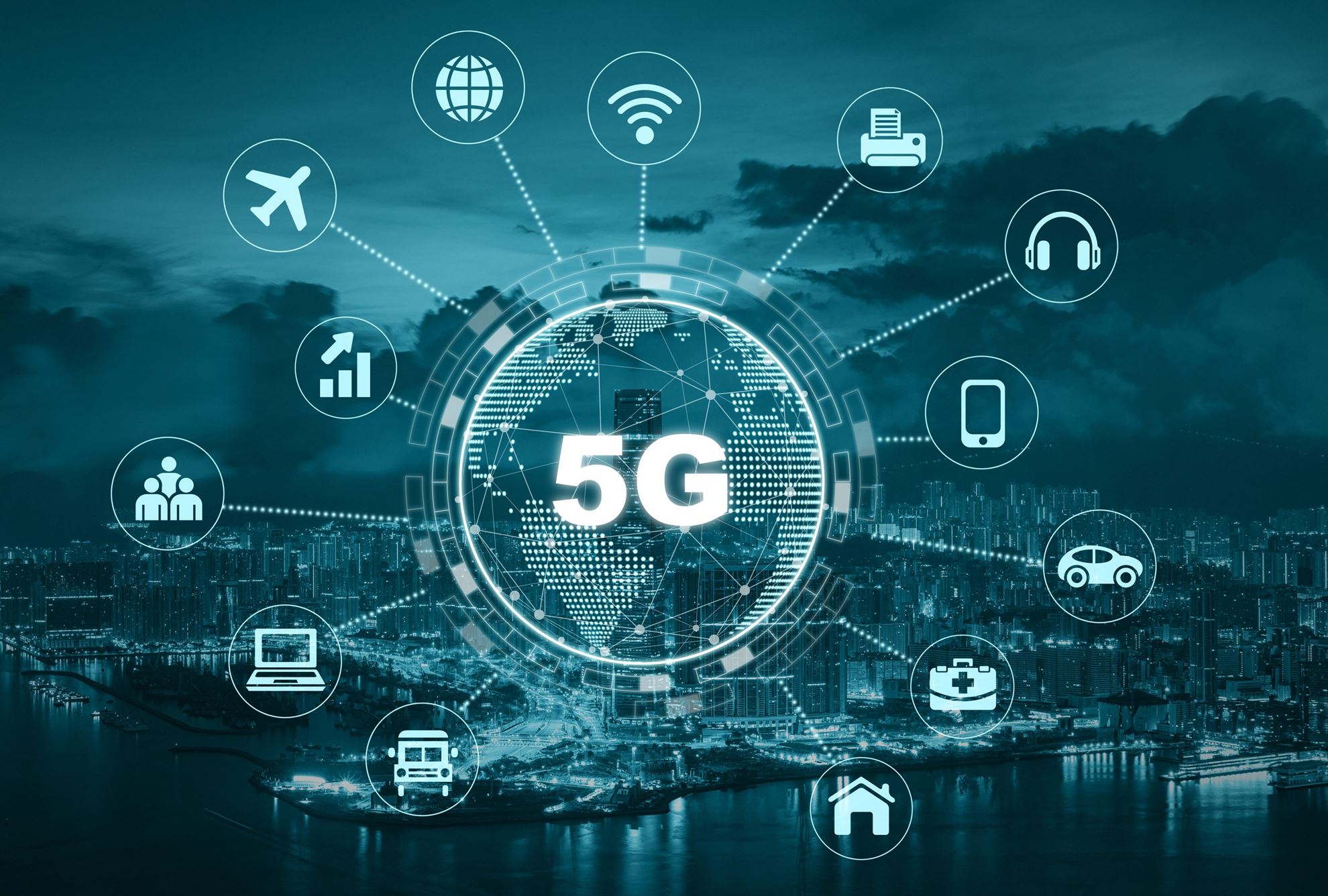
5G services are beginning to rollout at a dizzying pace, which is likely many times that of the original 4G rollout. Most major carriers in the US, and several other countries, have deployed low-band (sub-1 GHz), mid-band (sub-6 GHz), and high-band (millimeter-wave frequencies beyond 6 GHz) services. Along with these services is a wide range of consumer 5G handsets that can make use of the new mid-band frequencies, as well as select models capable of using low-band and high-band frequencies. Though the user experience for consumer 5G is not significantly different at this stage, the wheels are in motion for 5G to fully develop beyond the initial rushed consumer use case.
Other key 5G use cases include expanding cellular internet offerings with 5G capable customer premise equipment (CPE), which is available in select markets as a competitor to local wired internet services and even fiber optic internet services in some places where high-band 5G is available. Other 5G use cases that are likely to grow rapidly as soon as the hardware and infrastructure is in place are vehicle-to-everything (V2X) and massive-machine type communication/ultra-reliable low-latency (MMTC/URLLC) essential for supporting mission-critical services.
The use of Industrial Ethernet technologies is consistently growing each year, which may be an indicator that the fourth industrial revolution (Industry 4.0) is emerging with enhanced communication, sensing, and automation capabilities. 5G may be an enabling factor that dramatically enhances the adoption of wireless connectivity in industrial applications, as MMTC/URLLC features of 5G solve some of the intrinsic challenges of connecting thousands of electronic devices all with unique communication and control requirements. Though there are many cases where having a physical connection from a control/monitoring unit to a sensor, actuator, or robotic system is desirable/essential, for many sensing and control applications, a 5G MMTC/URLLC communications system would be an enabling factor in deploying that system.
For instance, a 5G MMTC/URLLC infrastructure within a factory or industrial complex may only require fiber-optic or millimeter-wave backhaul wireless links to connect a few 5G base stations (BTS). Other typologies may rely on one base station with several remote radio units (RRUs) connected via fiber optic to the base station. These installations require much less planning and initial cost than planning and building out a wired infrastructure. Moreover a 5G wireless network can readily service mobile communication units as well as static units that can be easily deployed throughout the industrial environment.
In many cases a 5G MMTC/URRLC network would be able to support much larger numbers of devices operating simultaneously than wired industrial communications infrastructure, and better service diverse sensor, monitoring, control, and automation units. The justification for this is that it may be useful in a given industrial environment to install a connected device in a particular area of the environment. In order to connect the industrial device via wired industrial networking systems, discrete interconnect is needed from the core network to the remote device. This interconnect would need to be designed to meet the specific needs of the remote device and available wired networking infrastructure. The cost of the interconnect alone may mitigate the return-on-investment (ROI) or feasibility of installing the remote device, especially if the remote device is only meant to be signaled or to report occasionally. With 5G wireless industrial networking, a remote device may be installed in virtually any location that can receive adequate signal, and the network should be automatically configured to the device’s requirements. If need be, a signal booster/repeater box may be installed in an area that does not receive a good signal and that repeater could service tens to hundreds of devices depending on it's specifications. Hence, with 5G industrial communications, the argument against deploying industrial networked devices based on wired infrastructure cost can be eliminated in many circumstances.
Learn more about L-com’s products that address 5G infrastructure deployment:

